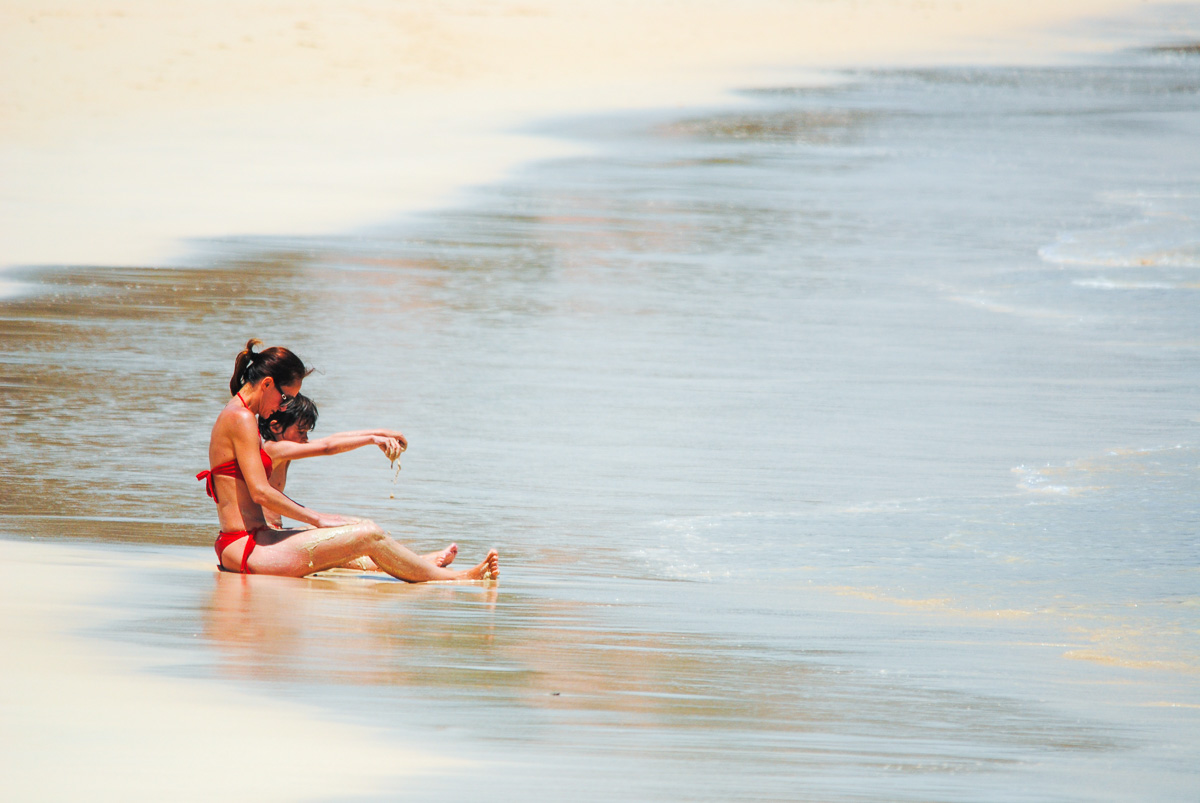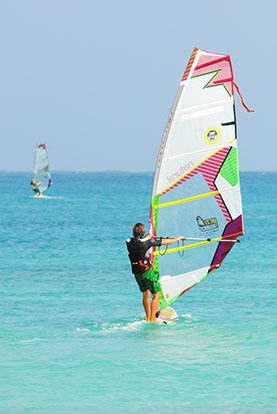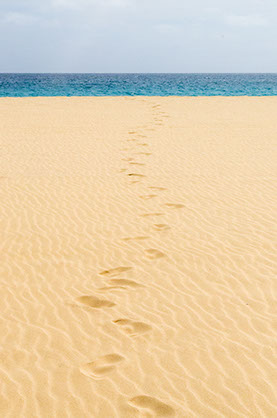LEME BEDJE APARTMENT




<
>
Cape Verde Islands
Cape Verde comprises of nine inhabited islands, plus an uninhabited island and eight inlets, in the Atlantic Ocean.
Cape Verde used to be a Portuguese colony but gained its independence in 1975 and is now a republic.
The islands offer a tropical climate all year round, with average daily temperatures varying from 23c to 30c. The terrain, the people and the ecological structure all differ considerably island to island.
In fact, even the most demanding traveller is likely to fine more variety on this group of islands than one would hope to find on many of the world’s largest continents. From the white sandy beaches, turquoise sea and arid interior of Sal, to the dramatic scenery and green mountains of San Antao, the vast and desolate beaches of Boa Vista and Maio to the thriving cultural capital with beautiful architecture and port at the heart of Sao Vicente.
Over the last few years the islands have changed and none more than Sal itself. Tourism has grown and places are being built to accommodate people from all over the world.
The Island of Sal
Sal is arguably the jewel in the crown of Cape Verde. An island paradise with picture perfect beaches, first class water sports facilities and an exciting African-European ambiance.
Sal is becoming more and more popular with tourists and continues to expand every year but still seems untouched by the masses. The island is small even by Cape Verdean standards, measuring just 18 mile long and 7 miles wide and it has a population of around 20,000 inhabitants. Even though it’s not very big it’s still has a big heart and that is why tourism is growing here.
The islands which lies 300 miles off mainland Africa, enjoys a near perfect climate with temperatures hovering around 28c all year round. In fact as the critics in the Lonely Planet travel guide put it, there are almost more days of sunshine than there are days in the year.

The sea temperature is just a couple of degrees cooler that the air temperature in the summer months, dropping down to an agreeable 22c in the winter and the average rainfall is just 8cm a year. The wind comes from the northeast and sometimes is quite strong but it has some of the most beautiful white sandy beaches to chill out on.
Sal is the most developed of all the Cape Verde Islands in terms of tourism yet still has a very barren landscape. In the north of the island you will find a salt lake in an extinct volcano crater, an impressive sight. Marine life around the coast of Sal and the rest of the archipelago is high with countless species including flamboyant tropical fish, dolphins and turtles (season depending).

Live music plays a huge part in Cape Verdean culture and is often performed live in various bars in Santa Maria during the evening. This is a unique experience and one not to be missed.
A large percentage of visitors come to Sal for the water sports and it's hardly surprising. Sal's long sandy white beaches and turquoise water make a wonderful playground for water sports enthusiasts. It is also the perfect place for relaxing in the sun and enjoying long walks along the coastline. Sal is considered to be amongst the world's top five windsurfing locations so it is not uncommon to see bright coloured sails dotted about the ocean. Kite surfing, diving and deep-sea fishing are also very big on Sal. There are plenty of places to hire equipment, have lessons and organise trips.
Today, there are regular scheduled flights to Sal's established international airport direct from Birmingham, Gatwick and Manchester, as well as all over Europe and beyond.
The charming town of Santa Maria in the south is the main tourist resort and has eight kilometres of stunning beaches, and a good choice of shops and restaurants. Other highlights include the town of Espargos in the centre of the Island, the salt flats of Pedra de Lume on the east coast and the port town of Palmeira on the western side of the Island. There is also car hire, quad biking, mountain bike hire to get around the island and explore for yourself.
Weather of Cape Verde
The weather on each island can vary, however in general the temperatures are pretty stable throughout the year hovering somewhere in the high 20s, with a virtually no rain, islands make an ideal year round destination.
Due to their position in the Atlantis the islands are windy most of the year and at times the northeast trade wind can be particularly strong. However the plus side is this means that humidity is low and conditions for water sports are excellent.
Figures for annual rainfall can be quite misleading as they are wildly different on each island but Sal and a few other receive almost no rain at all, while other islands higher up such as Santo Antao can receive up to 2 meters of rain a year, resulting in lush green interiors.
Over all the weather in Cape Verde is really good.